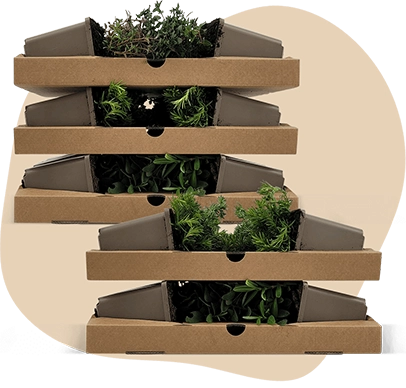Description
Albizia julibrissin C3,5 40-50 | Mimosa tree
The Albizia julibrissin, commonly known as the Mimosa tree, is a captivating addition to any garden. This tree is known for its upright growth habit and can reach a height of up to 6 metres. The Mimosa tree features delicate, green, feathery leaves that are soft to the touch. Although it is not evergreen, its lush foliage provides a tropical feel during the warmer months. The Albizia julibrissin is relatively low-maintenance, making it a suitable choice for gardeners seeking an easy-to-care-for plant. While it does not produce fruits, its ornamental value is enhanced by its attractive foliage and structure.
Key Plant Characteristics of Albizia julibrissin
- Albizia julibrissin blooms from July to September, showcasing white and pink flowers. These flowers are not fragrant but are attractive to bees and butterflies.
- The plant thrives best in a sunny location, making it ideal for gardens with ample sunlight.
- It is adaptable to all soil types as long as the soil is well-drained, ensuring healthy growth.
- The bark of Albizia julibrissin is smooth with a greyish-brown colour, and its branches form a graceful, umbrella-like crown.
For those looking to enhance their garden with unique
garden plants, Albizia julibrissin is a splendid choice.
Application of the Albizia julibrissin in the Garden
- The Albizia julibrissin is perfect for group planting or as a border plant, adding a touch of elegance with its upright growth habit.
- This plant is winter hardy, tolerating temperatures as low as -28.9°C, making it suitable for USDA zone 5.
- It combines well with other shrubs, especially those that thrive in sunny spots and well-drained soil.
- The main ornamental value of the Albizia julibrissin lies in its pink flowers and feathery leaves, which attract bees and butterflies.




























